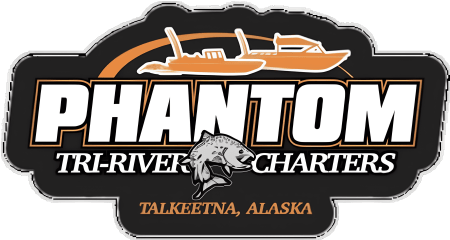The Native Culture Around Your Alaskan Fishing Trip
Alaska is not just a great place for an epic fishing trip. Before it was a Russian territory or an American state, it was home to 11 different native cultures. Each has its own language, with 22 different dialects among them. People who have never been to Alaska may think of native culture as being all about igloos and ice fishing, but the cultural elements go way beyond common impressions. Here is an overview of native cultures that may encourage you to explore them further.
Many diverse tribes
The different tribes are divided into five distinct territorial groups: the Athabascan out east; Unangax, Alutiiq, Eyak, Haida, Tsimshian and Tlingit in the south; Yupik and Cupik on the west coast; and the Inupiaq and St. Lawrence Island Yupik of the far north. Each is distinguished not only by language but also by migratory patterns, living structures and diet.
All groups manage their own museums and cultural centers, making for great educational opportunities if you are taking a day off from fishing or you wish to be sheltered during a day of bad weather. Depending on when you visit, you can even catch an opportunity for one of the many festivals held by the different tribes.
Groups near Talkeenta
The area where we do our fishing trips borders on the Yupik and Cupik and Athabascan territories. At the time of first contact, there was a population of 21,000 who identified as Yupik and Cupik. There are no numbers for the Athabascan, although they cover a large territory within the state.
The Yupik and Cupik were subsistence hunters and gatherers who were very mobile. Homes were seasonal camps and gender-segregated: men lived in the qasgiq (men’s house) and women lived in the ena, which was smaller than the qasgiq and contained a separate area for cooking. Ceremonies featuring dancing, singing and other social events brought everyone together at the qasgiq, which served as a community center as well as the men’s quarters. People stayed in one location for most of the winter and became migratory again once spring started.
The Athabascan lived in family groups of 26 to 40. They kept a summer fishing camp where they caught salmon and maintained a permanent winter settlement that acted as their base camp. Societies were matrilineal in nature, with children considered part of the mother’s line. The family unit normally consisted of a brother and sister and their spouses living in their group. Clan leaders determined marriage matches, leadership position and trading customs.
Both groups created tools to assure survival in a harsh region and assembled clothes primarily from animal skins. The Athabascan considered sewing garments very important and taught that skill to both male and female children. In fact, men were unlikely to advance socially unless they were able to sew.
A trip to Alaska is a unique opportunity to not only enjoy unique landscape and wildlife, but also diverse cultures. When you book your Alaskan fishing trip at Phantom Tri-River Charters, consider putting aside time in your travels to experience native cultures at festivals, museums and cultural events. It will create an adventure you will never forget.
